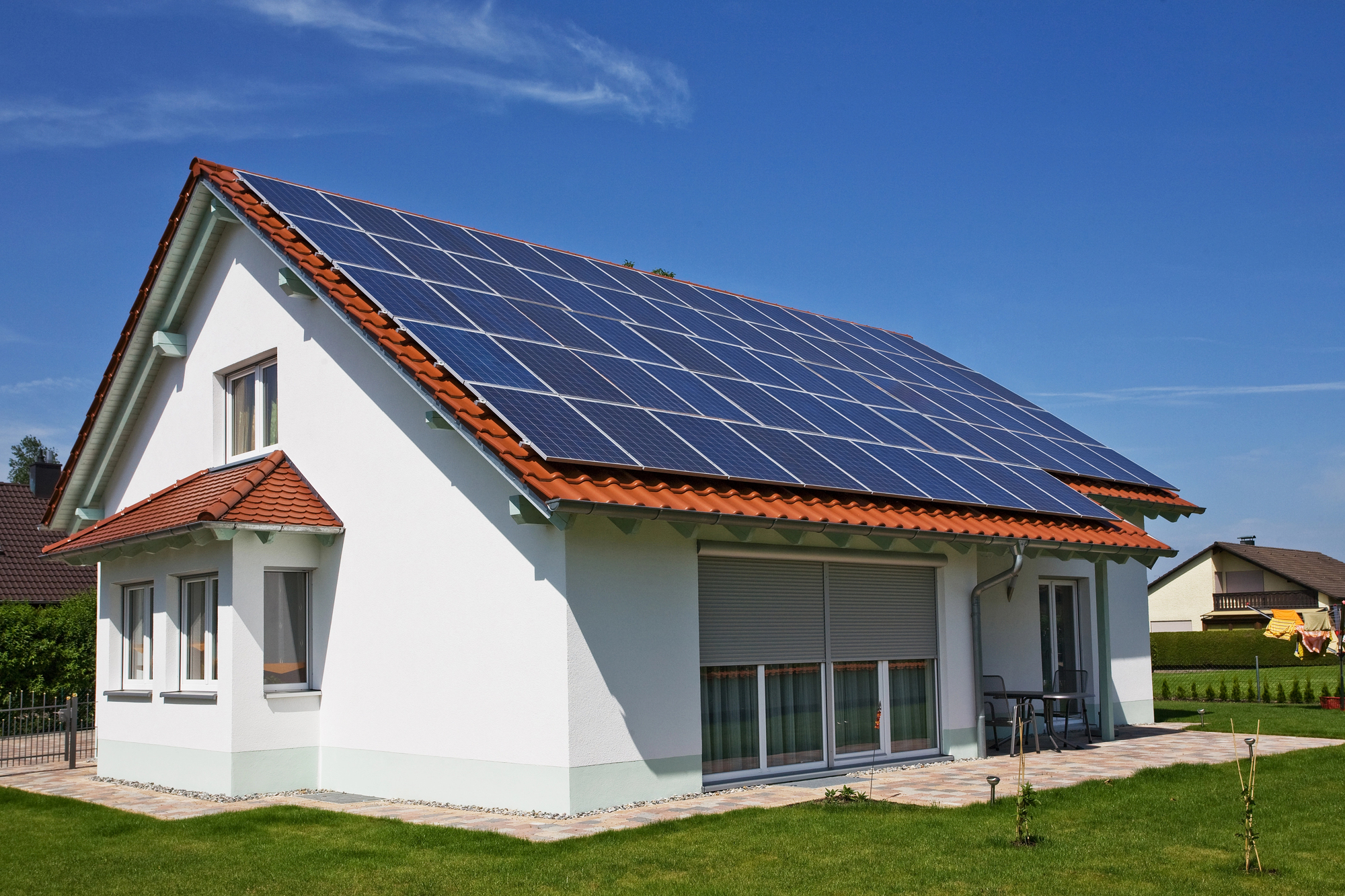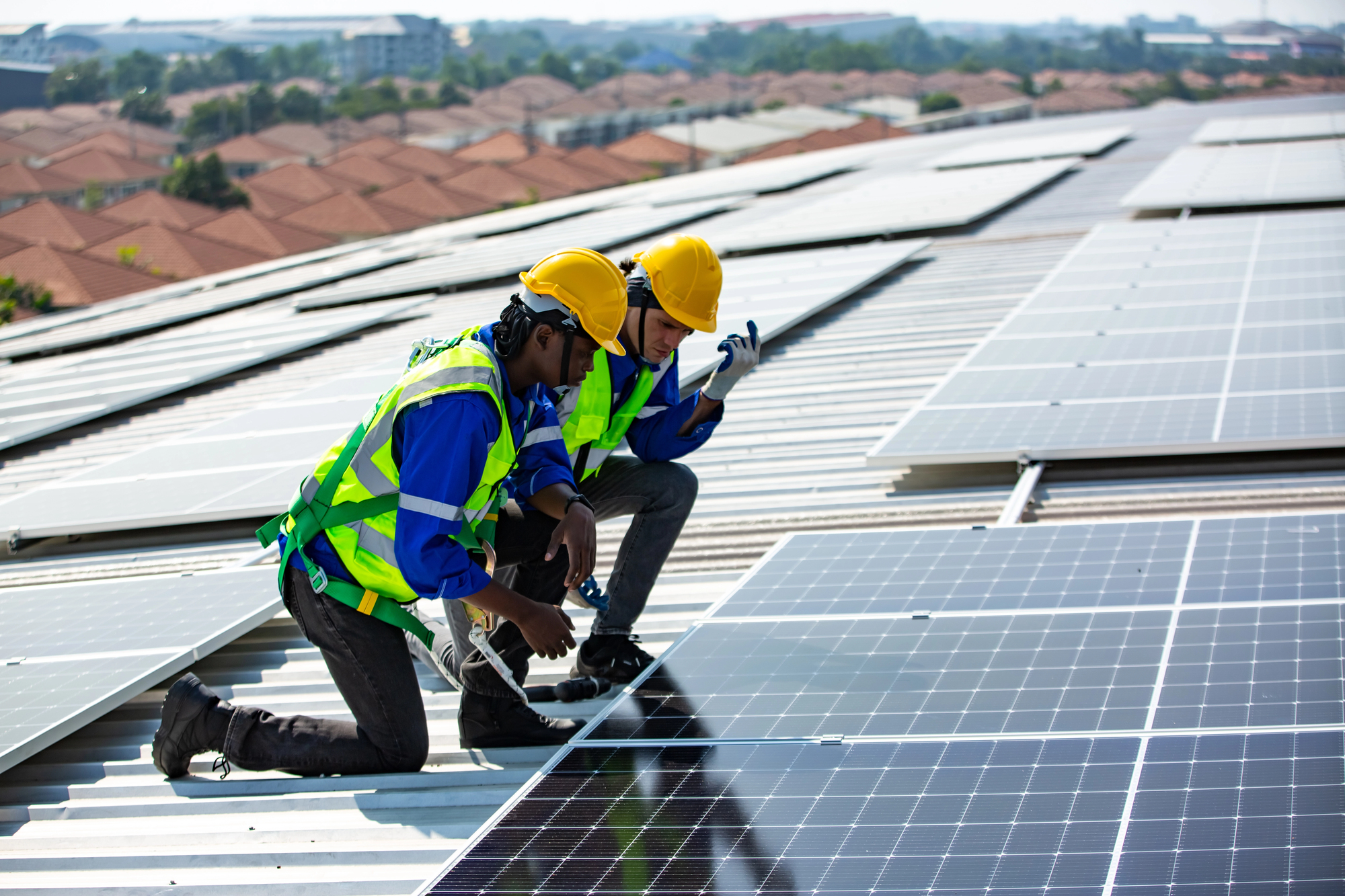
Due to rising energy costs and a growing awareness of sustainable living, switching to solar power has become a top priority for many homeowners. Investing in a home solar electric system not only promises significant savings on energy bills but also contributes to reducing your carbon footprint. This blog will guide you through everything you need to know about planning your home solar electric system, from assessing your energy needs to understanding costs and long-term benefits. By the end, you’ll feel confident to take the next step toward a more sustainable and energy-efficient lifestyle.
Assessing Your Energy Needs
Knowing your energy consumption is essential before investing in solar power. Understanding your household’s energy usage ensures that the solar system you install meets your needs without over- or under-powering your home.
How to Calculate Your Energy Usage
- Review Your Electricity Bills
Look at your electricity statements from the past 12 months. Take note of the kilowatt-hours (kWh) you consume in an average month and during high-usage seasons like summer or winter.
- Identify Key Energy Drains
Consider how much electricity is consumed by high-use appliances such as HVAC systems, refrigerators, water heaters, and entertainment systems.
- Use Online Calculators
Many energy companies provide tools on their website to help you estimate your household’s energy requirements based on lifestyle and habits.
Knowing your exact energy needs will give you a clearer idea of how many solar panels you need and their required output to keep your home running smoothly.
Solar Panel Types and Efficiency
Not all solar panels are created equal. When choosing panels for your home, it’s important to evaluate their efficiency, cost, and durability. Monocrystalline and polycrystalline panels are the two most popular types for residential systems.
Monocrystalline Panels
- Characteristics
Made from a single crystal structure, monocrystalline panels are sleek and black. They reach higher efficiency rates compared to other types of panels, often delivering 20% or more efficiency.
- Pros
-
- High energy efficiency
- Space-saving since fewer panels are required for the same output
- Longer lifespan due to high durability
- Cons
-
- More expensive upfront costs
Polycrystalline Panels
- Characteristics
Crafted from fragments of silicon crystals, polycrystalline panels typically have a bluish hue. Their efficiency is slightly lower, generally ranging between 15% and 17%.
- Pros
-
- Lower initial investment
- Environmentally friendly production process
- Cons
-
- Requires more panels to match the same energy output as monocrystalline panels
- Takes up more space
By understanding the differences, you can strike the perfect balance between energy needs, budget, and the space available on your roof or property.
Installation Process 
Wondering what goes into setting up a home solar electric system? Here’s a step-by-step breakdown to help you understand the process:
Step 1. Evaluate Your Location
Solar panels work best in areas with ample sunlight. Assess the roof size, angle, and any possible shading from trees or structures to determine optimal placement.
Step 2. Design Your System
Partnering with a professional solar installer ensures your system is tailored to your needs. They will help create a custom design using your energy assessment, roof space, and chosen panel type.
Step 3. Obtain Permits
Most municipalities require necessary permits and inspections before installation. Your solar company can often assist with navigating the local regulations.
Step 4. Install the Panels
Once permits are approved, the certified installers will mount the panels on your roof and connect the system to your electrical grid. Proper mounting and wiring are essential for safety and efficiency.
Step 5. Final Inspections and Activation
After installation, your system will undergo inspections to ensure it meets local safety and code requirements. Once approved, your solar provider will activate the system, and you’ll start generating clean energy!
Take the First Step Toward Renewable Energy
Switching to solar isn’t just about cutting costs on your energy bill. It’s about making a long-term investment that benefits both your wallet and the planet. By assessing your energy needs, selecting the right panels, understanding installation steps, and calculating the costs, you can approach solar energy with clarity and confidence.
If you’re ready to start your solar energy journey, we’re here to help! Schedule a free consultation today with our team of solar experts. We’ll design a system that perfectly fits your needs and maximizes your savings. Call us today at 636-322-7119 or click the button below.
